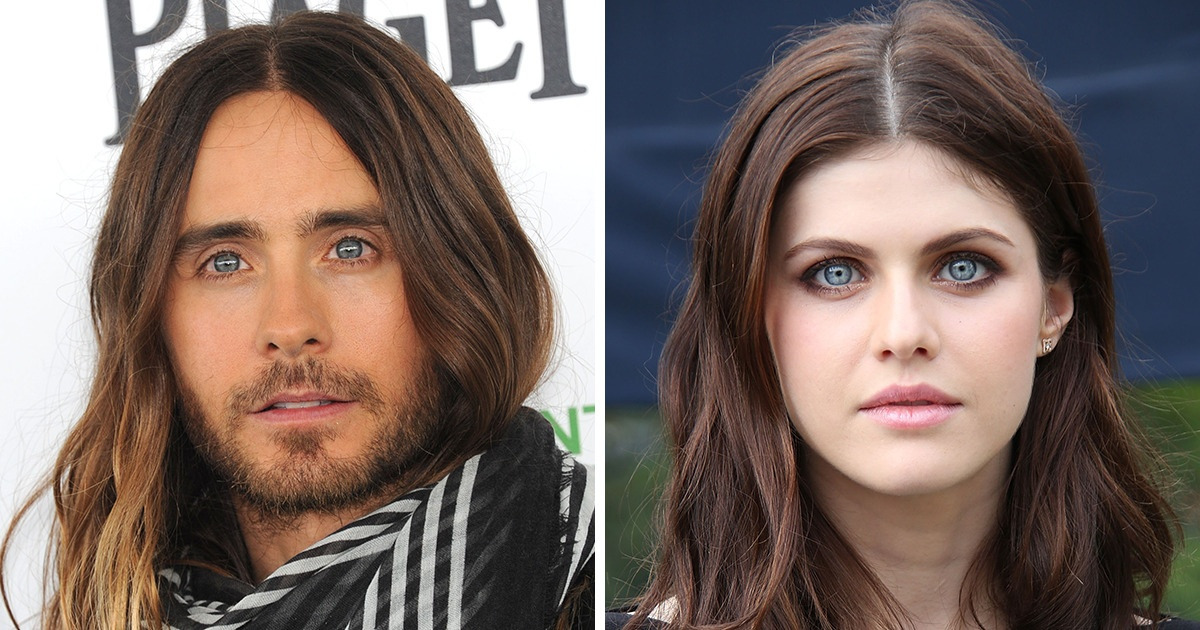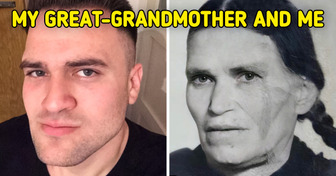“Too Bad She Couldn’t Accept Aging Gracefully,” Shania Twain, 58, Looks Shockingly Youthful in New Pic


We’ve all heard the saying that the eyes are “the mirror of the soul,” but could this idea be more concrete than we thought? What is the real story behind your eye color, and where did the slew of seemingly endless shades really come from? Whatever the answer may be, one thing’s for sure, eye color is entirely unique, like a fingerprint. That is, nobody else has exactly the same eye color as you. In fact, some recent studies show that our eye color is much more complex than we once thought.
The recent findings sparked the curiosity of the Bright Side team, so we decided to take a closer look into the secrets behind different eye colors.
However strange it may sound, all people had only brown eyes at one point in history. Then, one day, a genetic mutation happened in the gene that determines the color of the eyes. This mutation reduced the production of melanin to the point where it wasn’t enough to color the eyes brown — and that’s how blue eyes first came in existence.
Today, brown is still the most widespread eye color in the world. Thanks to higher levels of melanin, brown eyes are more resistant to some types of eye diseases. Light brown eyes are most common in the Americas, West Asia, and Europe, while dark brown eyes are most frequently found in Africa, Southeast Asia, and East Asia.
A single mutation in the genes that produce melanin gave us countless variations of blues, greens, grays, and hazels. What’s more, this genetic mutation has been linked to one common ancestor. Scientists believe that this ancestor was a European from the Black Sea region who probably lived between 6,000 and 10,000 years ago.
The percentage of blue-eyed people in Europe today ranges between 20% and 40% while only 8% to 10% of people worldwide have blue eyes. Blue eyes are most common in Northern Europe. A relatively high percentage (27%) of blue-eyed people in America is partially thanks to Americans with Eastern European, Irish, and British ancestry.
Scientists theorize that the evolution of eye color corresponds to the migrations of our ancestors from warmer to colder climates. Today, the widest variety of eye colors can be found among the Europeans, ranging from light blue to dark brown. The reason why dark-colored eyes are more common in hotter climates, such as Asia and Africa, is melanin, which protects the eyes from the sun and UV damage.
Until recently, it was believed that a single gene was responsible for the color of our eyes. But, as it turned out, there are about 16 genes at play when determining eye color, which can produce some rare and unique hues, like gray. Although gray eyes may appear “blue” at first glance, unlike pure blue eyes, they tend to have specks of brown and gold.
Less than 1% of the world’s population has gray eyes, which makes them one of the least common eye colors. The shades of gray eyes may vary from greenish to smokey blue to hazel-brown, which often depends on the environment, especially lighting. They are most common in Northern and Eastern Europe.
According to a study that surveyed 58 pregnant women, ladies with light-colored eyes have a higher pain tolerance than those with brown or hazel eyes. Blue and green-eyed women experienced less discomfort while giving birth. Another interesting find was related to postpartum depression. Thanks to having less melanin, light-eyed women were less likely to feel anxious and depressed than dark-eyed women.
With only 2% of the world’s population having green eyes, this color is the least common among natural eye colors. Although green eyes can occur naturally in all races, about 16% of people with green-eyed people are of Germanic and Celtic ancestry. To be more precise, a staggering 86% of people from Ireland and Scotland have green eyes.
Often called ’’golden eyes,’’ amber eyes belong to the family of ’’brown’’ eyes, but they have a couple of unique characteristics. What sets them apart from the group of hazel and brown eyes is the fact that they do not contain brown, orange, or green hues. Unlike hazel eyes that may appear to have hints of different colors, the hue of the amber eyes is always clear gold. People with amber-colored eyes often have Spanish, South American, South African, or Asian ancestry.
Depending on the lighting, hazel eyes can seem light brown. However, they contain more diverse shades than brown eyes. In hazel eyes, we can usually see a mix of brown, green, and amber that can appear as small dots or rings inside the iris. People with hazel eyes have a moderate amount of melanin to account for these green and brown hues. About 5% of people have this eye color.
Although it naturally occurs in all races, hazel eyes are most common in those of Middle Eastern, Brazilian, Spanish, or North African descent. This is a relatively rare eye color, especially among people of African and Asian ancestry. The majority of people born with this eye color probably have some Caucasian roots.
Human eye color can appear in fascinating variations, including some rare cases of people having heterochromia, a rare condition that affects less than 1% of the population. It occurs as a result of the uneven concentration of melanin in the eyes. This can cause the eyes to have partially or completely different colors. There are different causes for this condition, including genetics, some rare syndromes, or physical injury to the eye.
While some people’s eyes may seem black, they don’t really exist in nature. People whose eyes appear black have very dark brown eyes that almost blend in with the pupil, making them look black.
The reason why having black eyes would be naturally impossible is that black objects have a tendency to absorb more UV light than other colors. Because of this, we would have major difficulties handling sunlight if we had completely black eyes. This would cause problems with vision and the deterioration of eye health.
Does the shade of your eyes fit into any of these groups? Are you happy with your eye color, or do you sometimes wish it was different?











